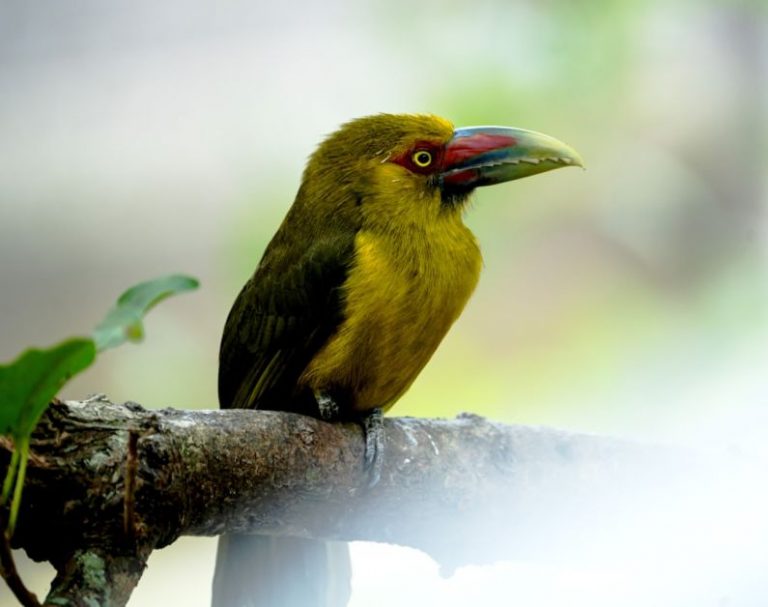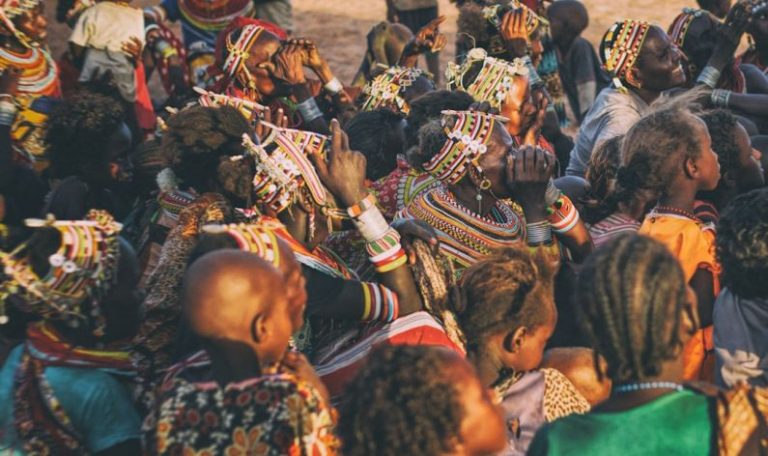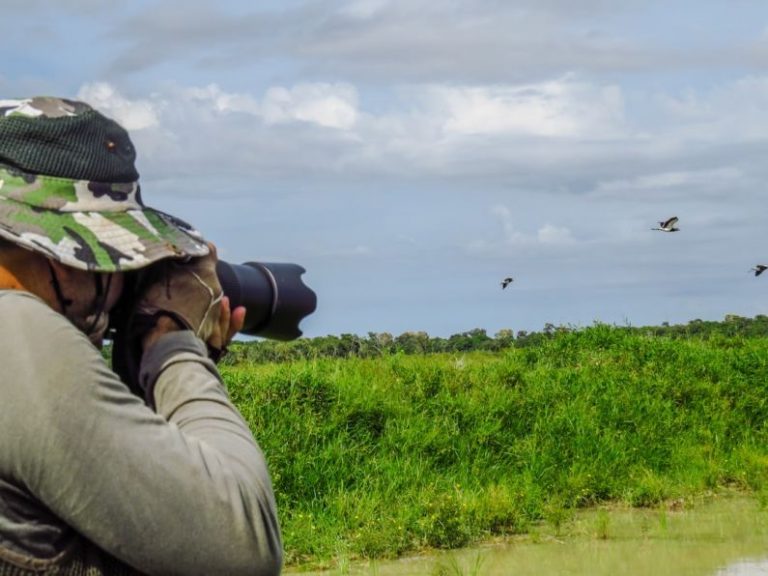What Are the Endangered Species in Brazilian Rainforests?

The rich biodiversity of the Brazilian rainforests is unmatched, boasting a myriad of unique species that call this ecosystem home. However, the rapid deforestation and human encroachment have put many of these species at risk of extinction. Let’s delve into the endangered species in the Brazilian rainforests, shedding light on the challenges they face and the importance of conservation efforts.
**Jaguars: The Elusive Predators**
The majestic jaguars, known for their striking golden coats with dark spots, are the largest big cats in the Americas. These elusive predators are apex predators in the rainforest, playing a crucial role in maintaining the balance of the ecosystem. However, habitat loss due to deforestation and human-wildlife conflicts threaten their survival. Jaguars require vast territories to roam and hunt, making fragmented forests a significant threat to their population.
**Golden Lion Tamarin: The Iconic Primates**
The golden lion tamarin, with its vibrant orange fur and distinctive manes, is an iconic primate species found in the Atlantic Forest of Brazil. These small, agile monkeys are highly endangered due to habitat destruction and fragmentation. With only a few hundred individuals left in the wild, conservation efforts are crucial to prevent their extinction. Efforts such as reforestation and protected areas have been implemented to safeguard the golden lion tamarin’s habitat.
**Harpy Eagles: The Kings of the Sky**
Harpy eagles, with their powerful build and impressive wingspan, are the largest and most powerful eagles in the Americas. These apex predators play a vital role in the rainforest ecosystem by regulating prey populations. However, habitat loss and illegal hunting pose significant threats to their survival. Protecting large tracts of intact forest is essential for the harpy eagles to thrive and maintain healthy populations in the wild.
**Giant Otters: Masters of the Water**
Giant otters are charismatic and social creatures that inhabit the rivers and lakes of the Amazon rainforest. With their sleek bodies and webbed feet, these playful animals are excellent swimmers and skilled hunters. However, pollution, habitat degradation, and poaching have taken a toll on their populations. Conservation efforts focus on protecting their freshwater habitats and raising awareness about the importance of preserving these unique creatures.
**Amazonian Manatee: Guardians of the Rivers**
The Amazonian manatee, also known as the sea cow, is a gentle marine mammal that inhabits the rivers and lakes of the Amazon basin. These herbivorous creatures play a crucial role in shaping the aquatic ecosystem by grazing on aquatic plants. However, habitat destruction, accidental entanglement in fishing gear, and illegal hunting threaten their survival. Conservation efforts aim to protect their habitats, reduce human impacts, and promote sustainable fishing practices to safeguard the Amazonian manatee’s future.
**Renewed Efforts for Conservation**
The endangered species in the Brazilian rainforests face numerous threats, from habitat loss to illegal wildlife trade. Conservation organizations and governments are working tirelessly to protect these vulnerable species and their habitats. Initiatives such as creating protected areas, implementing sustainable land-use practices, and engaging local communities in conservation efforts are essential steps towards ensuring the survival of these iconic species.
**In Summary**
The biodiversity of the Brazilian rainforests is a treasure trove of unique species, but many are facing the threat of extinction. Jaguars, golden lion tamarins, harpy eagles, giant otters, and Amazonian manatees are just a few examples of the endangered species in this rich ecosystem. Conservation efforts are critical to preserving these species and the intricate web of life they are a part of. By raising awareness, supporting conservation initiatives, and advocating for sustainable practices, we can contribute to the protection of these remarkable creatures and their habitats.





